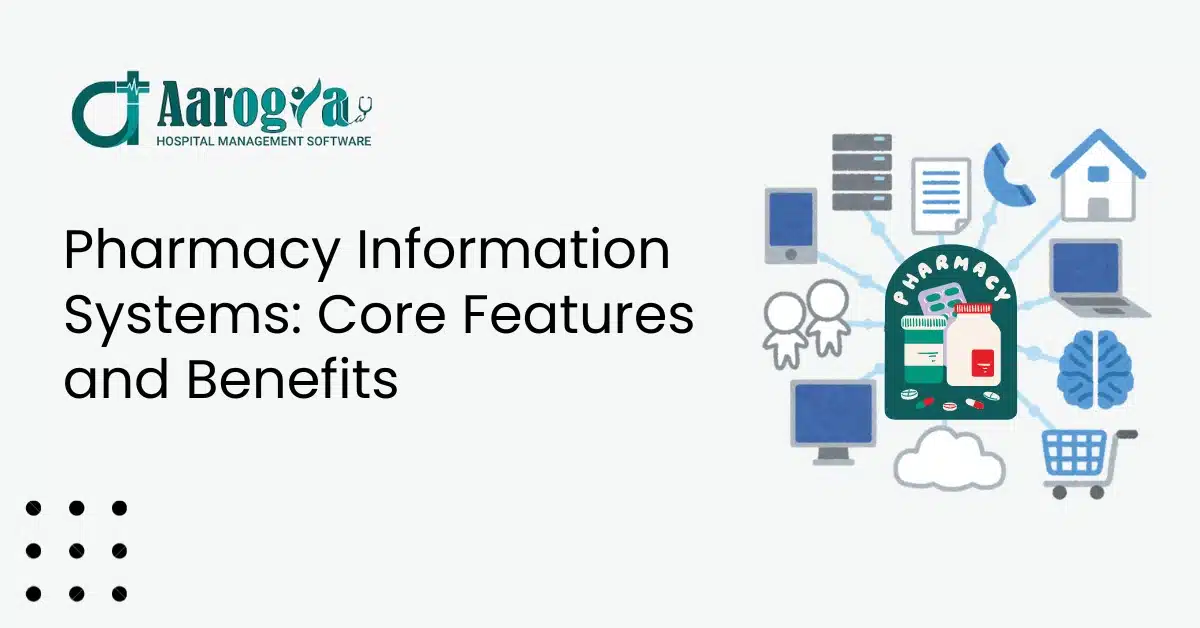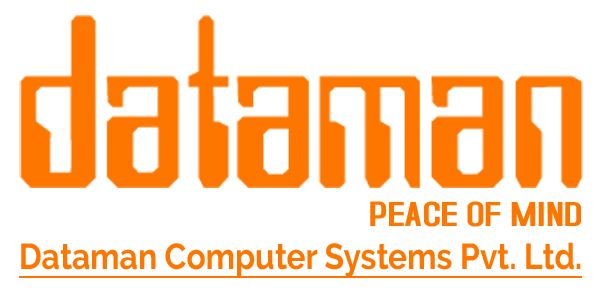- +91 9511117684
- shweta@dataman.in

Table of Contents
Post Views: 12,744
Pharmacy is an integral part of any hospital, handling a vast array of medications, patient data, and complex workflows. Inefficiencies in this department can lead to medication errors, delays in patient care, and financial losses. A Pharmacy Information System (PIS) emerges as a transformative solution, streamlining operations, enhancing patient safety, and optimizing drug management.
This comprehensive guide explores the intricacies of a PIS, its indispensable features, and the profound impact it can have on your hospital.
Understanding Pharmacy Information Systems (PIS)
A Pharmacy Information System (PIS) is a sophisticated software solution designed to manage and optimize various aspects of pharmacy operations within a healthcare facility. It serves as a centralized repository for medication data, patient information, and pharmacy workflows, enabling efficient and accurate drug management.
Key Components of a PIS:
Prescription Management: Streamlined electronic prescription processing, verification, and order entry.
Inventory Control: Real-time tracking of medication stock levels, automated reordering, and expiration date management.
Medication Administration: Integration with electronic health records (EHRs) for accurate medication administration and barcode scanning.
Drug Interaction Checking: Advanced algorithms to identify potential drug interactions and allergies.
Patient Profiling: Comprehensive patient medication history and allergy information.
Reporting and Analytics: Generate insightful reports on medication usage, inventory trends, and cost analysis.
Benefits of Implementing a Pharmacy Information System
A robust PIS offers a multitude of benefits that contribute to improved patient care, operational efficiency, and financial sustainability.
Enhanced Patient Safety:
- Reduced medication errors through automated checks and alerts.
- Improved drug interaction monitoring for patient safety.
- Accurate and up-to-date patient medication profiles.
- Streamlined medication administration processes.
Operational Efficiency:
- Automated workflows for prescription processing, dispensing, and inventory management.
- Reduced manual data entry and paperwork.
- Optimized medication distribution and storage.
- Faster turnaround times for medication orders.
Financial Improvement:
- Reduced drug wastage through effective inventory management.
- Cost-effective medication procurement and distribution.
- Improved charge capture and revenue cycle management.
- Enhanced financial reporting and analysis.
Clinical Decision Support:
- Real-time access to medication information and patient data.
- Clinical decision support tools for medication selection and dosing.
- Integration with other healthcare systems for comprehensive patient information.
Essential Features of a Pharmacy Information System
To maximize the benefits of a PIS, it is crucial to select a system that offers the following core features:
- User-Friendly Interface: Intuitive design for efficient navigation and data entry.
- Comprehensive Drug Database: Up-to-date information on medications, including dosages, indications, and interactions.
- Integration Capabilities: Seamless integration with EHRs, laboratory systems, and other healthcare applications.
- Barcode Technology: Support for barcode scanning for medication administration and inventory management.
- Automated Dispensing: Integration with automated dispensing cabinets for efficient medication retrieval.
- Robust Reporting and Analytics: Customizable reports for performance monitoring and decision-making.
- Security and Compliance: Adherence to data privacy and security regulations.
Selecting the Right Pharmacy Information System
Choosing the appropriate PIS is a critical decision that requires careful evaluation of your hospital’s specific needs and requirements. Consider the following factors:
- Hospital Size and Complexity: The PIS should align with the scale of your pharmacy operations.
- Budgetary Constraints: Assess the cost-effectiveness of different PIS options.
- Vendor Reputation and Support: Choose a reputable vendor with reliable customer support.
- Scalability and Flexibility: Ensure the PIS can accommodate future growth and changes.
- Implementation and Training: Consider the vendor’s implementation process and training support.
Overcoming Challenges in PIS Implementation
Implementing a PIS can present challenges, but with proper planning and execution, these obstacles can be overcome. Common challenges include:
- Resistance to Change: Address concerns and provide adequate training to staff.
- Data Migration: Develop a comprehensive data migration plan to ensure accuracy.
- Integration with Existing Systems: Plan for seamless integration with EHRs and other systems.
- Staff Training: Provide comprehensive training to maximize system utilization.
The Future of Pharmacy Information Systems
The healthcare industry is undergoing rapid digital transformation, and PIS technology is at the forefront of this evolution. Future trends include:
- Artificial Intelligence Integration: Leveraging AI for predictive analytics and medication optimization.
- Mobile Accessibility: Accessing PIS functionalities through mobile devices for improved efficiency.
- Cloud-Based Solutions: Enhanced scalability, accessibility, and cost-effectiveness.
- Integration with Wearable Devices: Real-time patient data and medication monitoring.
Conclusion
A Pharmacy Information System is an indispensable tool for modern hospitals, enabling efficient medication management, enhanced patient safety, and improved operational efficiency. By carefully selecting and implementing a PIS, healthcare organizations can optimize pharmacy workflows, reduce errors, and deliver high-quality patient care.
0

